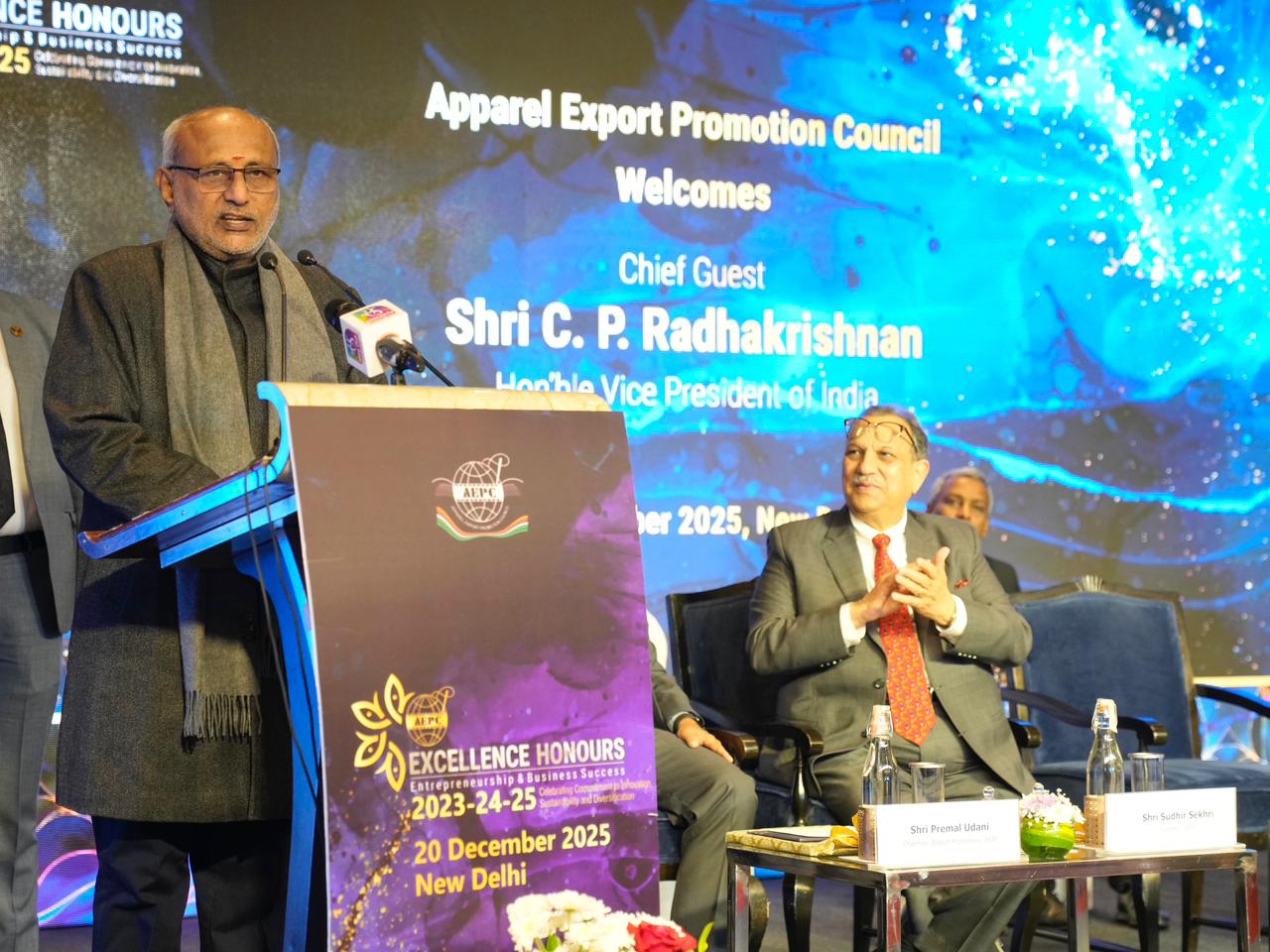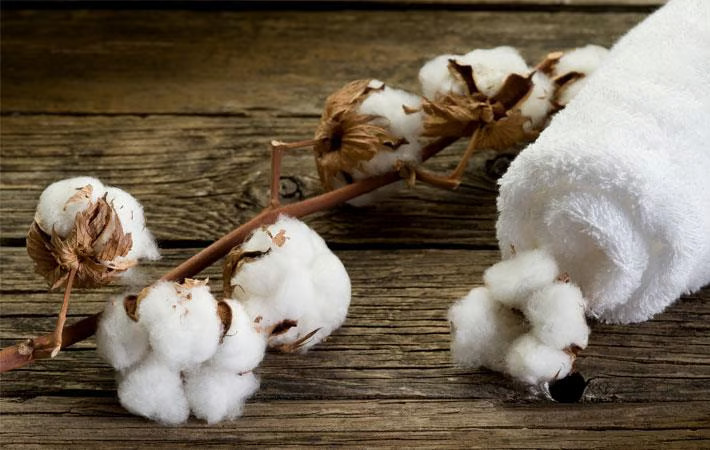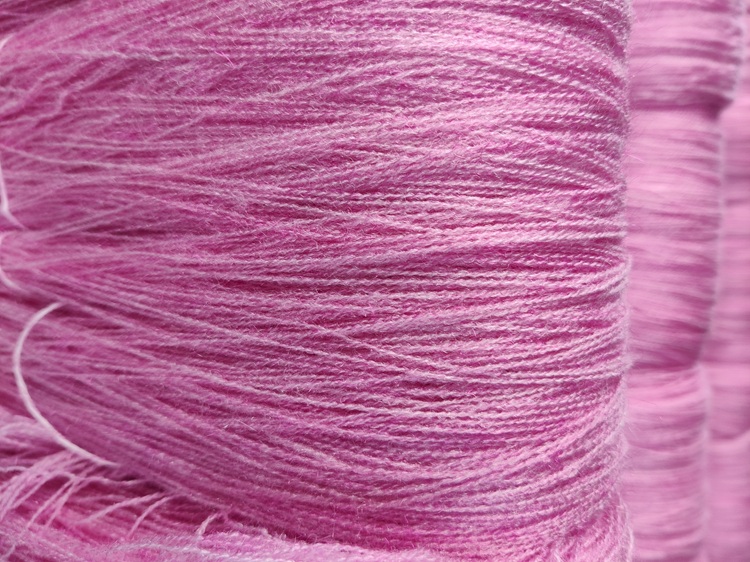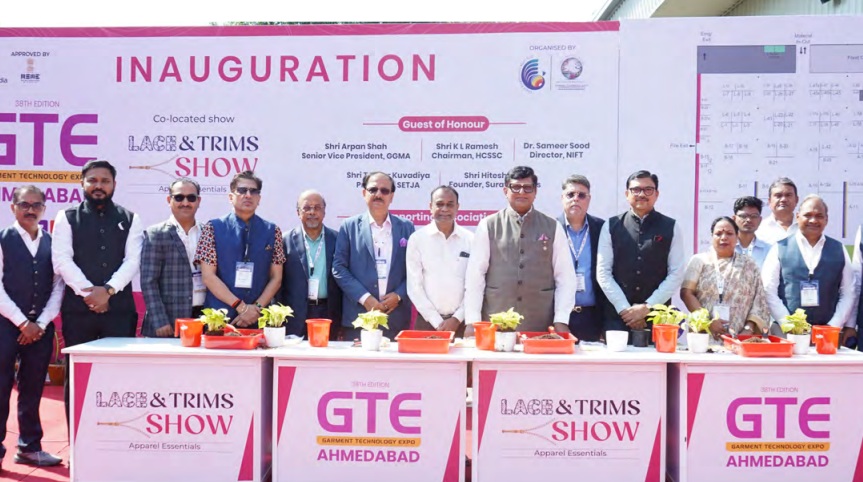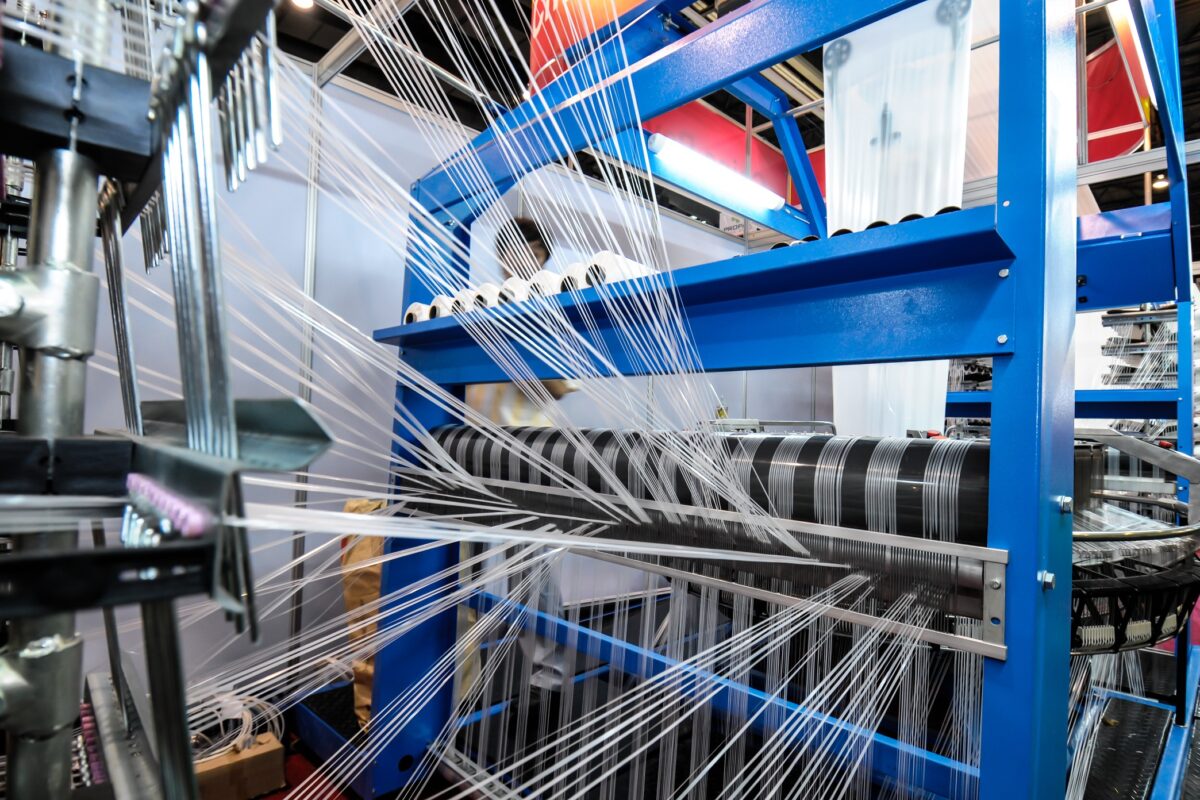"The Tirupur’s garment industry employs nearly 7 lakh people directly. Until last year, the industry grew at a rate of 20 per cent year-on-year. The cluster, last year, witnessed negative growth for the first time in nearly a decade. After GST was implemented, the cluster lost nearly 5.4 per cent of total drawbacks and incentives that it previously enjoyed. This also included 5.5 per cent excise rebate. To protest against this, exporters made strong representations to the government. The Commerce Ministry then increased MEIS from 2 per cent to 4 per cent, but also reduced ROSL from 3.6 per cent to 1.7 per cent. After all these adjustments, exporters enjoyed only 7.7 per cent of drawbacks."
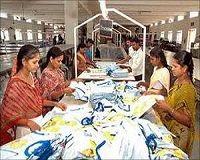 Global festive season has brought a ray of hope to Tirupur, which recently witnessed one of its worst years. Demonetisation coupled with the implementation of Goods and Services Tax (GST) system halted growth at India’s largest knitwear and readymade garments cluster. Demonetisation proved to be a big blow as it sucked out liquidity from the market. Just as the sector struggled to get back on its feet, GST brought the garments industry back to the brink of death.
Global festive season has brought a ray of hope to Tirupur, which recently witnessed one of its worst years. Demonetisation coupled with the implementation of Goods and Services Tax (GST) system halted growth at India’s largest knitwear and readymade garments cluster. Demonetisation proved to be a big blow as it sucked out liquidity from the market. Just as the sector struggled to get back on its feet, GST brought the garments industry back to the brink of death.
The Tirupur’s garment industry employs nearly 7 lakh people directly. Until last year, the industry grew at a rate of 20 per cent year-on-year. The cluster, last year, witnessed negative growth for the first time in nearly a decade. After GST was implemented, the cluster lost nearly 5.4 per cent of total drawbacks and incentives that it previously enjoyed. This also included 5.5 per cent excise rebate. To protest against this, exporters made strong representations to the government. The Commerce Ministry then increased MEIS from 2 per cent to 4 per cent, but also reduced ROSL from 3.6 per cent to 1.7 per cent. After all these adjustments, exporters enjoyed only 7.7 per cent of drawbacks.
Ethiopia emerges as a viable option
The bleak outlook at Tirupur’s garment exports market has forced many exporters to look for other avenues of growth. One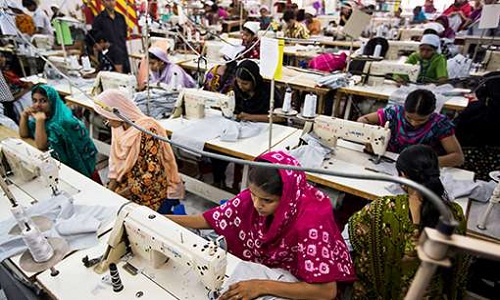 such destination is the African country Ethiopia which offers several incentives. Betting on the prospects, SCM Garments from Tirupur recently set up a 500-machine unit in Ethiopia. The biggest advantage, according to M Ashok, Chief Marketing Officer SCM Garments, is duty-free entry into both the European Union and India. Also, labor in the country is cheap and abundant.
such destination is the African country Ethiopia which offers several incentives. Betting on the prospects, SCM Garments from Tirupur recently set up a 500-machine unit in Ethiopia. The biggest advantage, according to M Ashok, Chief Marketing Officer SCM Garments, is duty-free entry into both the European Union and India. Also, labor in the country is cheap and abundant.
However, according to Kumar, efficiency levels in the country are low, given its raw and untrained labor. This takes away most of the benefit of lower costs. Also, the labor isn’t reliable and can only produce basic styles of garments. They will require atleast a few months of training to learn new garmenting styles.
Growth of domestic market
Another revenue stream that several garment exporters in Tirupur have been turning to is the domestic market. The apparel market in India is growing at nearly 10 per cent every year. Fall in exports led to a huge number of exporters, especially the smaller ones, shifting to the domestic market to cater to companies such as Reliance, Big Bazaar, Pantaloons and Arvind Mills. Warsaw International makes garments for Puma, and is now manufacturing and selling to Puma for its Indian customers.
Falling rupee gives exporters a better value for their goods against the euro and dollar. Exporters expect the rupee to fall further. They are requesting the government to announcement new schemes in the budget in case the value of rupee increases after the general elections next year. They also hope that the policymakers incorporate both domestic and international factors while formulating new policies or exporters are in danger of being washed away.


